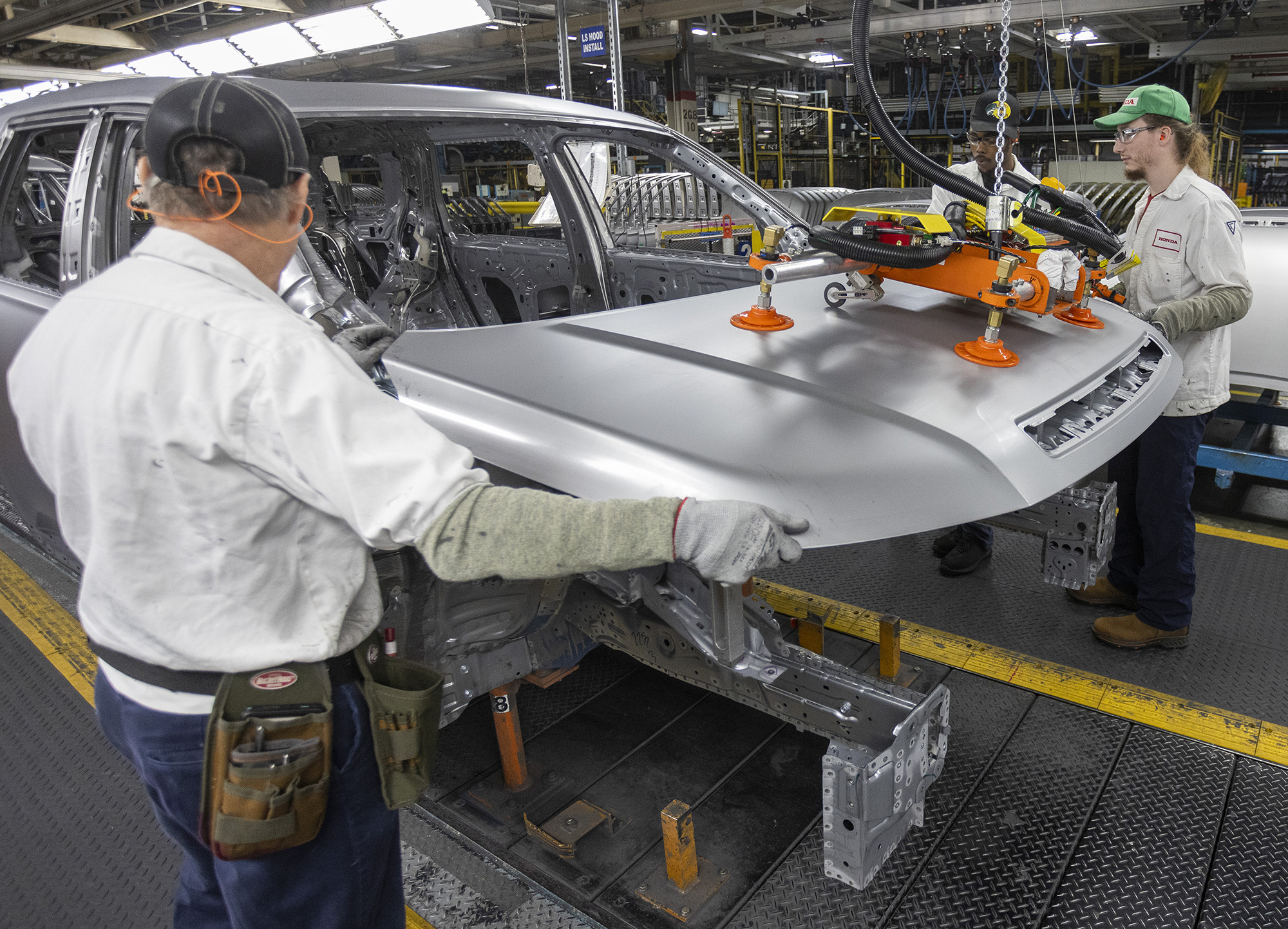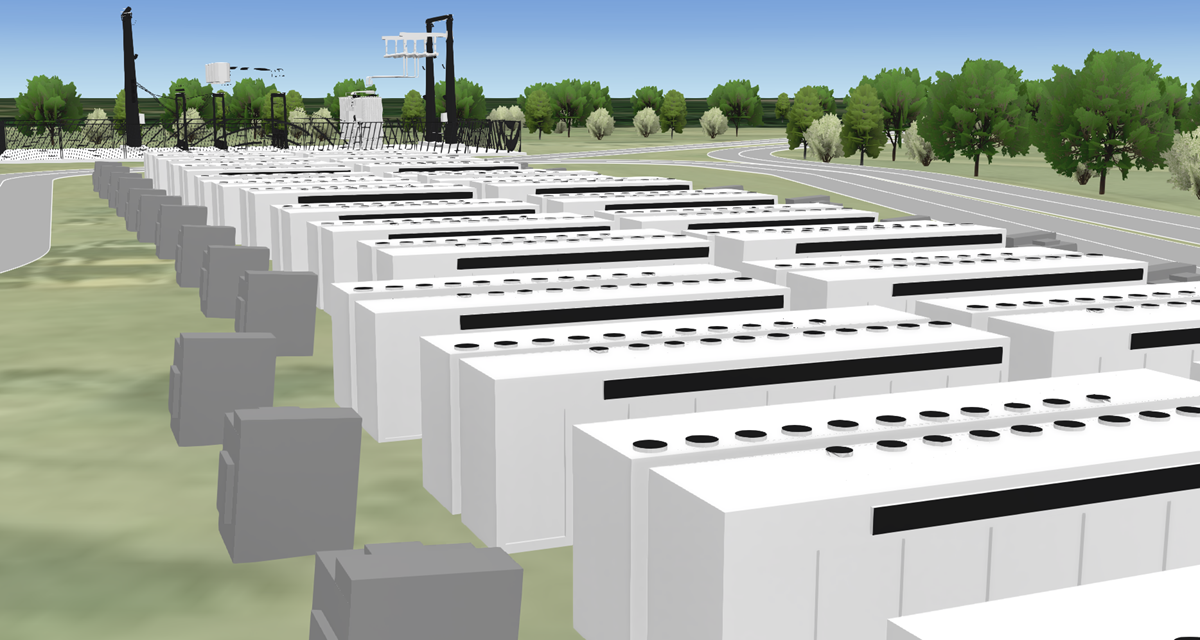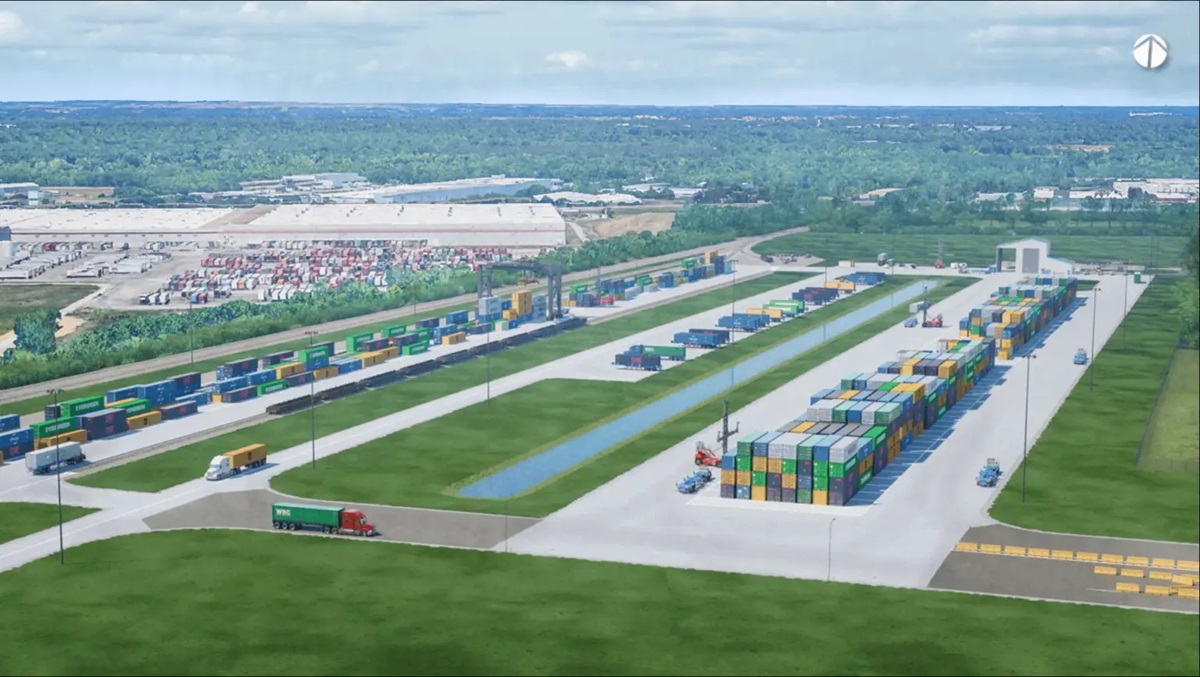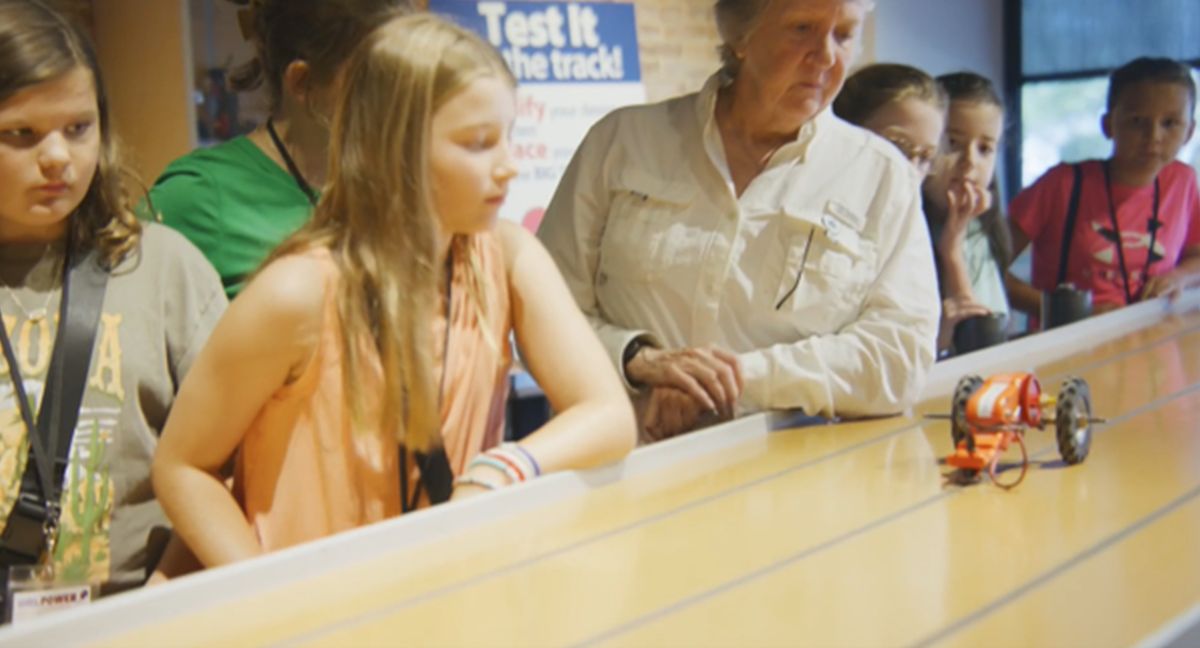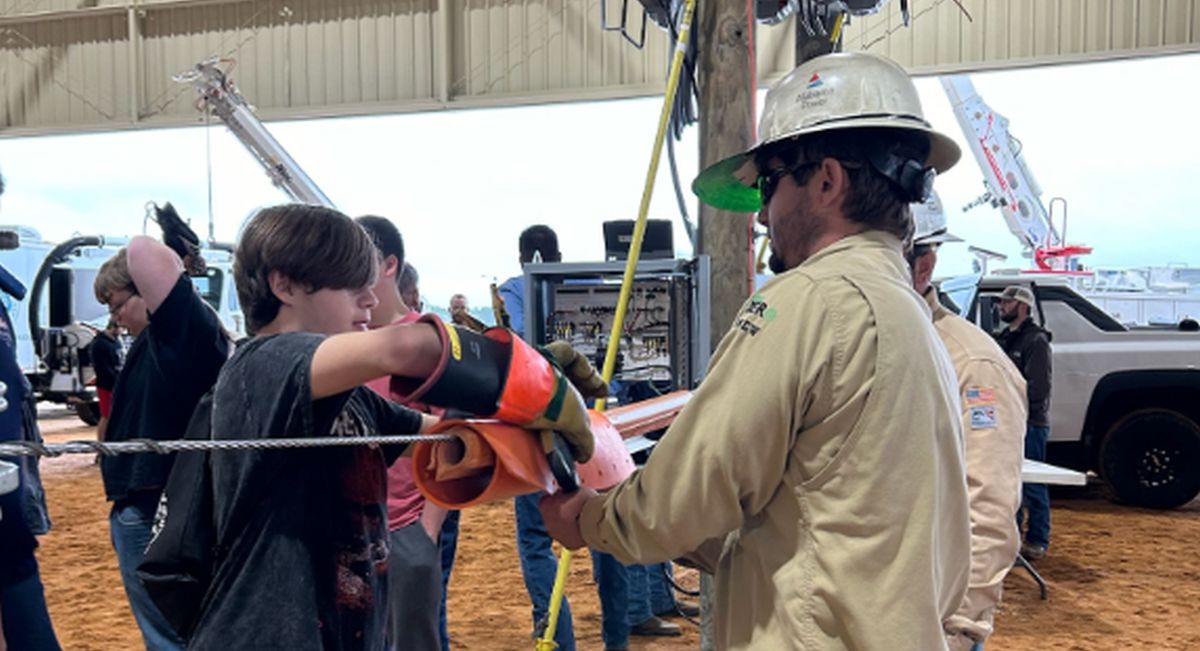Southwest Alabama’s ‘Manufacturing Community’ designation yielding ‘impressive’ results
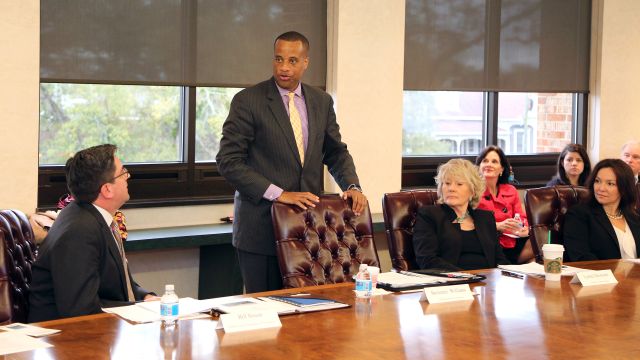
U.S. Assistant Secretary of Commerce for Economic Development Jay Williams meets with leaders of the public private-partnership Advancing Southwest Alabama on Wednesday, Feb. 24, 2016, at the Mobile Area Chamber of Commerce in Mobile, Ala. (Mike Kittrell/Alabama NewsCenter)
Bill Sisson, president and chief executive officer of the Mobile Area Chamber of Commerce, got Jay Williams’ attention fairly quickly Wednesday morning with a pair of statistics.
Mobile has seen a 33 percent increase in manufacturing jobs in the past five years – compared with only about 8 percent nationally – alongside total wage increases of about 18 percent, Sisson told Williams, administrator of the Economic Development Administration and assistant secretary of commerce for economic development.
Sisson was one of nearly a dozen regional officials who offered Williams snapshots of economic gains made across Mobile, Baldwin, Washington, Clarke, Escambia, Choctaw, Conecuh and Monroe counties since the U.S. Department of Commerce tapped the eight-county region as an Investing in Manufacturing Communities Partnership participant nearly two years ago.




Williams, in turn, was free with his praise for what he called “impressive” outcomes and metrics and called the effort to date “consistent” with his agency’s commitment “to do everything in our power to institutionalize some of the gains we’ve achieved.”
“In all genuine sincerity, I have not ever – in my five years with the (Obama) administration – had the opportunity to address such a broad and diverse coalition,” Williams told more than two dozen members of the public-private Advancing Southwest Alabama gathered Wednesday in Mobile.
“Aside from the diversity of the stakeholders involved with this effort, what jumped out at me was the breadth and depth of the collaboration, not just in discussion but in actions,” he said. “It’s clear that workforce development is a significant priority – one that is aligned with the president’s agenda – and that’s vital because it shows that (southwest Alabama) is making investments to prepare the workforce for jobs that exist today and that will exist in the coming years.”
Sisson said the coalition, spearheaded by the University of South Alabama, has worked since receiving the May 2014 Manufacturing Community designation to “take advantage of the widespread economic development opportunities” by leveraging pooled resources.

U.S. Assistant Secretary of Commerce for Economic Development Jay Williams meets with leaders of the public private-partnership Advancing Southwest Alabama on Wednesday, Feb. 24, 2016, at the Mobile Area Chamber of Commerce in Mobile, Ala. Bill Sisson, president and CEO of the Chamber, left, chats with Williams before the meeting. (Mike Kittrell/Alabama NewsCenter)
Sisson also said the chamber partnered with the USA Center for Real Estate and Economic Development to commission a study to “understand better where supply chain opportunities are for all of our counties.” The study, he said, is intended to help identify gaps, so the coalition can then work strategically to recruit businesses “that can help us in that supply chain realm.”
Consider, for instance, that the total regional product is a little less than $27 billion, 17 percent of which is concentrated in the manufacturing sector, compared with only about 12 percent nationally, he said.
“In every single county (in our region) except Baldwin County, manufacturing ranks highest in percentage of the economy,” Sisson said, noting the average is 27-30 percent.
Meanwhile, average annual earnings for manufacturing is slightly more than $78,000, or 62 percent higher than the average of all sectors at about $48,300.
“We’ve really been able to pull the region together in a way that’s invariably beneficial, and we really want to continue that momentum. That’s really what this is all about,” Sisson said.
John Clyde Riggs, executive director of the Alabama Tombigbee Regional Commission, said his organization represents 10 counties entrenched in Alabama’s “economically distressed” Black Belt region, but said despite the area’s high unemployment it is definitely “on the move.”
He pointed to the former ThyssenKrupp steel mill, known now as AM/NS Calvert, for opening up a growth corridor stretching through Clarke, Wilcox, Marengo, Choctaw and Washington counties.
Wilcox County, which he said had not experienced a manufacturing investment in 47 years, was able to leverage grant funding to land GD Copper USA and the development of an industrial park. Riggs said 310 people work at GD Copper, and noted that 13 investing partners helped land the project, including a $1.9 million EDA investment.
“We know partnerships,” he said.
Partnership in education
Larry Mouton, assistant superintendent of the Mobile County Public Schools System, mentioned the establishment of career academies at all 12 of the system’s high schools to help identify post-secondary interests and encourage the attainment of pre-graduation certifications. In particular, B.C. Rain High School has boosted its graduation rate from 50 percent to 91 percent in the past four years and now boasts the system’s Aviation and Aerospace Signature Academy, he said.
“It’s everybody lifting together,” Mouton said, adding that hands-on collaboration with industry has been the game changer.
Williams, reflecting on the deluge of information covered in less than two hours, said the coalition is focused on the appropriate areas: workforce development, entrepreneurship and industry engagement.
“That has been a piece a lot of communities have missed: the entrepreneurship and industry involvement,” he said, reiterating what really resonated the most during his visit.
“I couldn’t be more impressed with the progress…and with what the region has to offer,” he said, noting he was most impressed by the “congenial relationship (between) all the stakeholders who are enthusiastic and passionate about the opportunities.”


